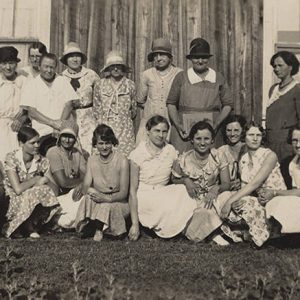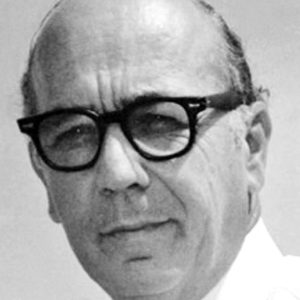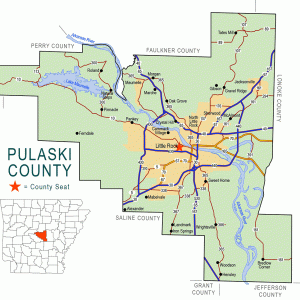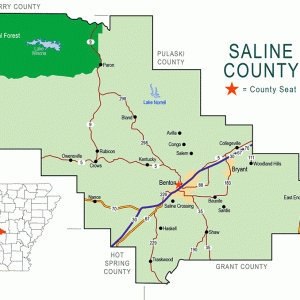calsfoundation@cals.org
Alexander (Pulaski and Saline Counties)
| Latitude and Longitude: | 34º37’46″N 092º26’29″W |
| Elevation: | 358 feet |
| Area: | 2.26 square miles (2020 Census) |
| Population: | 3,385 (2020 Census) |
| Incorporation Date: | December 2, 1887 |
Historical Population as per the U.S. Census:
|
1810 |
1820 |
1830 |
1840 |
1850 |
1860 |
1870 |
1880 |
1890 |
1900 |
|
– |
– |
– |
– |
– |
– |
– |
– |
146 |
173 |
|
1910 |
1920 |
1930 |
1940 |
1950 |
1960 |
1970 |
1980 |
1990 |
2000 |
|
141 |
111 |
141 |
134 |
194 |
144 |
272 |
223 |
201 |
614 |
|
2010 |
2020 |
|
|
|
|
|
|
|
|
|
2,901 |
3,385 |
|
|
|
|
|
|
|
|
The city of Alexander is located northeast of Benton (Saline County) on the line dividing Pulaski and Saline counties. It was a railroad construction camp before it incorporated on December 2, 1887.
The first settlers, who came in 1878, were Jacob Ash and W. N. Slack. Within two months, seventy people had settled in the area, including German immigrants. The town had two stores, a drugstore, a sawmill, and a physician, and the people raised money for a church and a school. In 1884, Alexander had three churches: a Methodist church, a Baptist church, and a German Lutheran church. It now has four churches: two Baptist churches, Collegeville Church of the Nazarene, and Immanuel Lutheran Church. It also has a post office, a restaurant, cemeteries, a fire department, a police department, an elementary school (part of the Bryant school system), and a private school. It also has four physicians. The oldest cemetery gravestones date back to 1890.
Timber was the largest source of income for Alexander for a long time. After the timber was depleted, however, factories were shut down. In 1940, the railroad depot also closed. At that time, the streets were still unpaved.
After World War II ended, Alexander began to be rebuilt to suit its modern needs. Natural-gas pipelines were added in the late 1940s. The streets were paved in the 1950s, and a new city hall was built in 1970. Alexander is part of Metroplan, a regional planning organization focused upon central Arkansas.
One of the more well known places in Alexander is the Youth Services Center or, as it was later known, the Alexander Juvenile Correctional Facility. It is a public agency run by private contractors. The facility was established as a girls’ industrial school in 1905 under the management of a state board, but then became an industrial school for boys and girls in the late 1970s.
There have been some troubling incidents at the facility over the years. On May 13, 2001, sixteen-year-old student James Baumbach hanged himself from a fire sprinkler. On September 1, 2001, Cornell Companies Inc., a company that designs, builds, and operates incarceration and treatment facilities, started running the center. Only fifteen days later, another student hanged himself. From 2002 through 2006, U.S. Department of Justice investigators visited the center six times. On April 9, 2005, seventeen-year-old Keisha Brown died from blood clots in her lungs despite telling nurses and supervisors that she was ill. Cornell Companies Inc. was fired on November 3, 2006, after it was discovered that some employees illegally injected anti-psychotic medications into students. On December 21, 2006, director Ken Hales resigned only three days after presenting a $104 million juvenile justice change that involved closing down the facilities in Alexander and Mansfield (Sebastian County).
Another focus of attention in Alexander has been the Alexander Human Development Center (HDC), housed in the former building of the McRae Memorial Tuberculosis Sanatorium for Negroes. In 1968, after the sanatorium was closed, it became a treatment center for people with mental illness and developmental disabilities. It closed in 2010, although not everyone there was removed at once. By the end of 2010, all but sixty-three of the patients had been removed.
In the spring of 2007, a police officer named Tommy Leach pulled over five Latino residents for supposed minor windshield violations of air freshener hanging off the rearview mirrors. They charged the officer with racial profiling and, in court in 2010, won a settlement of $100,500. The Arkansas Municipal League decided to help the city pay the fine by contributing $75,000 as long as the City of Alexander began to train its police officers to meet the league’s specifications.
In November 2010, Paul Mitchell won the election for mayor of Alexander and made plans to dismiss all city employees. When he took office, he found that all of the City Hall employees, believing themselves already fired, did not show up for work. A bookkeeper, a street department worker, and the assistant fire chief temporarily resumed work at his request.
A few people notable people lived in or are buried in Alexander. In 1908, Wesley Pruden, a southern Baptist minister and segregationist, was born near Alexander. Civil rights and labor attorney Theodore Lafayette Lamb and opera singer Mary Sybil Kidd Lewis both are buried in Alexander’s Pinecrest Cemetery. Historian and author Carolyn Earle Billingsley was a winner of the Booker Worthen Literary Prize and the founder of the journal of the Saline County History and Heritage Society.
For additional information:
Bell, James W. Little Rock Handbook. Little Rock: 1980.
City of Alexander. http://www.cityofalexander.com/ (accessed February 2, 2022).
Upshaw, Amy. “First 108 Leave Alexander Center.” Arkansas Democrat-Gazette, July 5, 2010, pp. 1, 6A.
———. “Youth-Lockup Monitoring Falls Short, Group Says.” Arkansas-Democrat Gazette, December 31, 2006, pp. 1, 15A.
Katherine Teske
North Little Rock, Arkansas
 Lake Norrell
Lake Norrell Church Ladies Aid Society
Church Ladies Aid Society  Wesley Pruden
Wesley Pruden  Pulaski County Map
Pulaski County Map  Saline County Map
Saline County Map 




Comments
No comments on this entry yet.